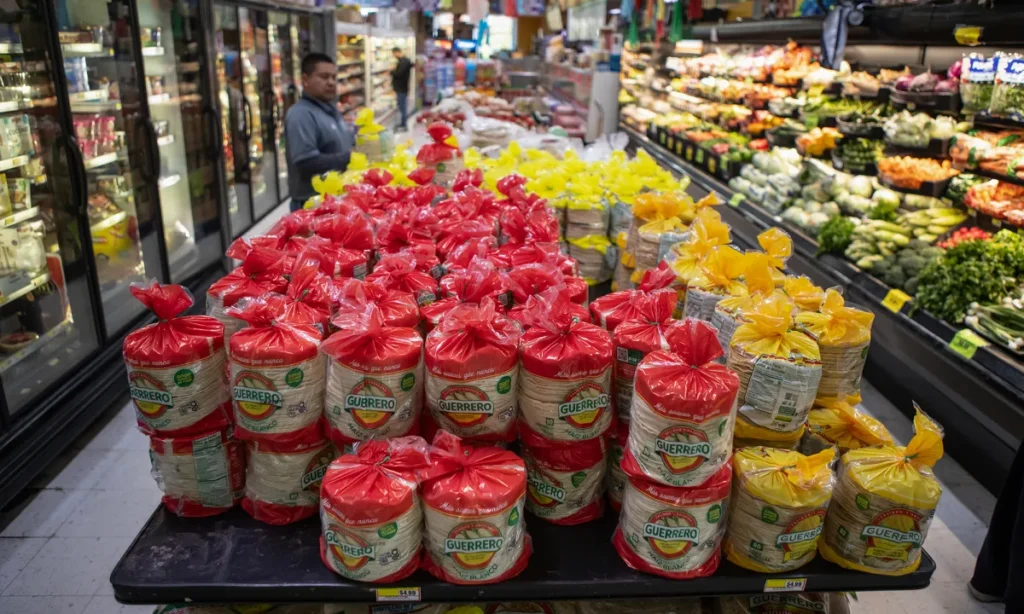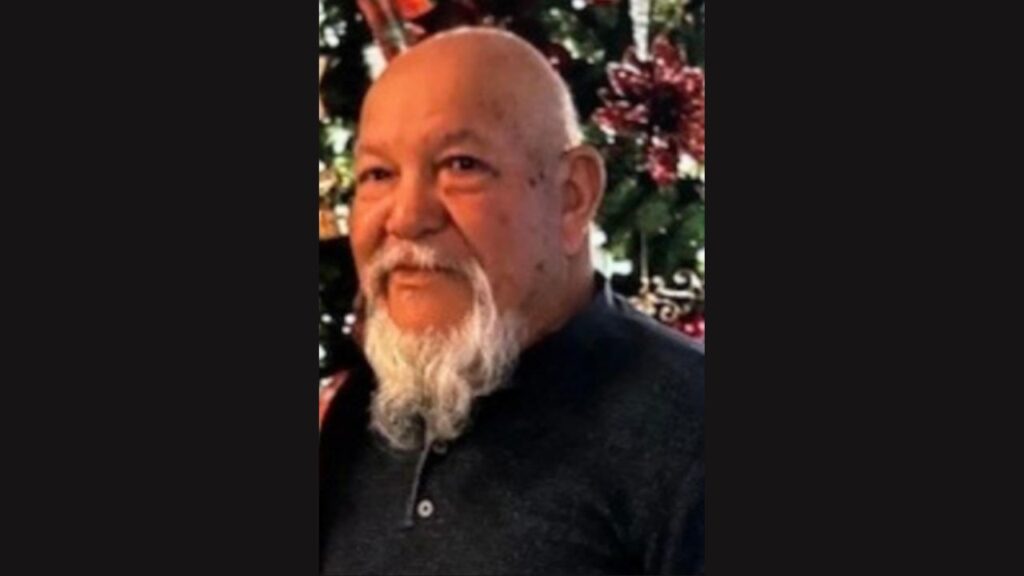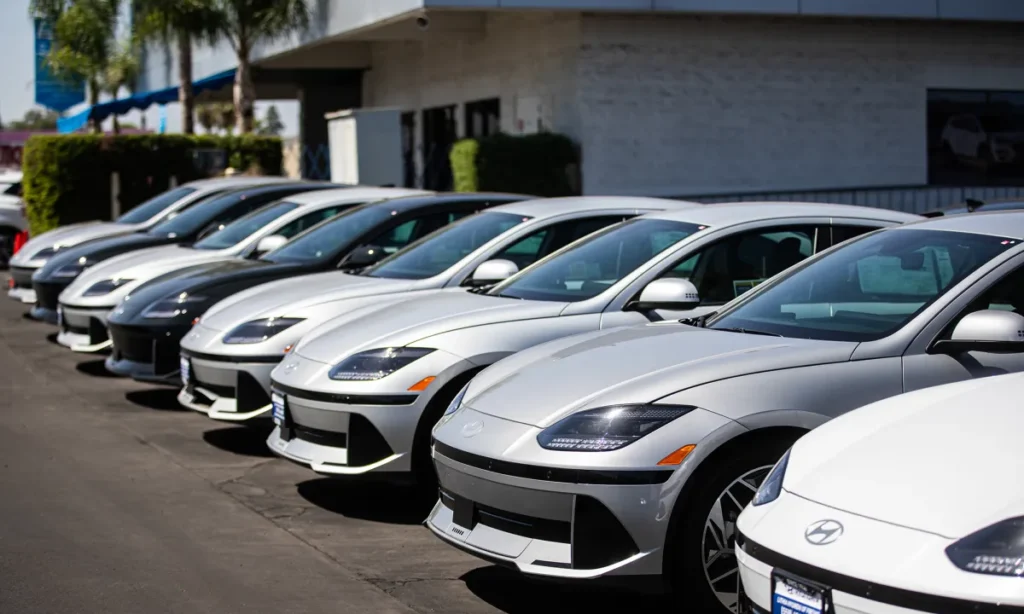Share
SACRAMENTO — The state’s reworked plan for high-speed rail now estimates a $20.4 billion price tag to complete 171 miles of track from Merced to Bakersfield by 2028, nearly a decade later than the initial estimate for a much longer Los Angeles-to-San Francisco line.
Rail officials issued an update to the delay-plagued project Wednesday, offering the first formal look at changes suggested in February by Gov. Gavin Newsom (D). Officials had been focused on building a longer segment from the Central Valley to San Francisco, but had not come up with enough money to tunnel through the mountains beneath Pacheco Pass.
Completing Full Line Still Ultimate Goal
Now the focus has shifted to first building the shorter Central Valley line from Bakersfield through Fresno and on to Merced. The updated plan stresses that completing the full line is still the ultimate goal.
“This policy recommendation is not a Central Valley line instead of Silicon Valley to Central Valley line,” it reads. “It is a Central Valley line first.”
The report does not offer a revised analysis of the timeline and cost for the entire project, slated last year to cost $77 billion and be completed by 2033. It’s been more than a decade since California voters approved nearly $10 billion in bond funding for the project and its cost has steadily climbed since.
Segment Won’t Bring Enough Revenue to Cover Expenses
The update also reveals a train through the Central Valley won’t generate enough money to cover the operations and maintenance costs. That’s a problem for the state, which is bound by the ballot measure to operate the rail system without a subsidy. Russ Fong, the project’s outgoing chief financial officer, said the state will hire an outside train operator to avoid running afoul of the bond measure. Such a move is likely to prompt lawsuits.
Assemblyman Jim Patterson (R-Fresno) said he’s lost trust in commitments by rail officials.
“They’re making it up as they go along, that’s what I’ve concluded,” he said. “How can we have confidence in what they are going to do in the next 10 years when they have failed to meet every single benchmark over the last 10 years?”
Newsom addressed the project’s longstanding problems earlier this year.
“Right now, there simply isn’t a path to get from Sacramento to San Diego, let alone from San Francisco to LA. I wish there were,” he said. “However, we do have the capacity to complete a high-speed rail link between Merced and Bakersfield.”
Trump Threatened to Revoke Federal Money
Money for the project comes from the bond, the federal government and revenue from the state’s Cap and Trade program that charges polluters to emit greenhouse gases. The Trump administration has threatened to revoke the $3.5 billion in federal money because of the project’s delays, but a final decision has not been made. Rail officials say they have enough money to complete the line if the state keeps that federal money and if roughly $4 billion left in bond money is released.
Brian Kelly, the project’s chief executive officer, said the report demonstrates a clear path forward.
“This approach will help us ultimately connect a revitalized Central Valley to the Bay Area and Southern California,” he said in a statement.
Categories



















